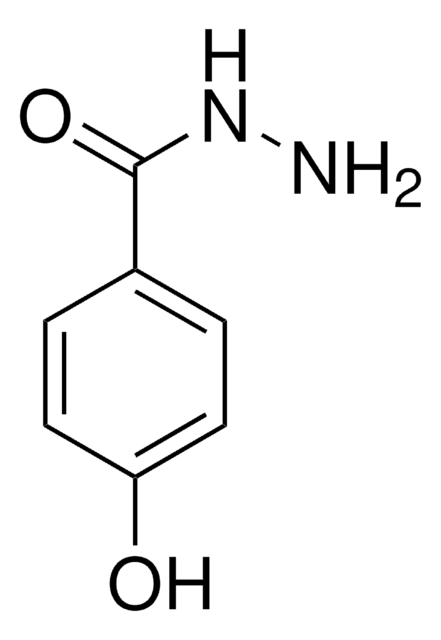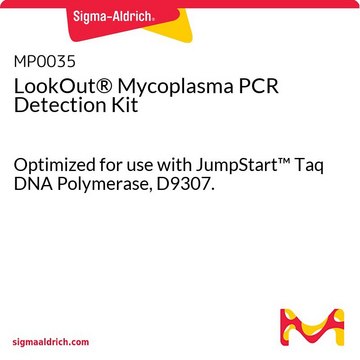F2883
Anti-Mouse IgG (whole molecule) F(ab′)2 fragment–FITC antibody produced in sheep
affinity isolated antibody, buffered aqueous solution
Sinónimos:
Anti-Mouse IgG FITC
About This Item
Productos recomendados
biological source
sheep
conjugate
FITC conjugate
antibody form
affinity isolated antibody
antibody product type
secondary antibodies
clone
polyclonal
form
buffered aqueous solution
technique(s)
direct immunofluorescence: 1:128
storage temp.
2-8°C
target post-translational modification
unmodified
¿Está buscando productos similares? Visita Guía de comparación de productos
General description
Anti-Mouse IgG (whole molecule) F(ab′)2 fragment is specific for mouse IgG subclasses G1, G2a, G2b, and G3 as demonstrated by Ouchterlony double diffusion using mouse myeloma proteins. The antibody product can be used to avoid background staining due to the presence of Fc receptors.
Specificity
Useful when trying to avoid background staining due to the presence of Fc receptors.
Immunogen
Application
Chromatin immunoprecipitation (1 paper)
Other Notes
Physical form
Preparation Note
Disclaimer
¿No encuentra el producto adecuado?
Pruebe nuestro Herramienta de selección de productos.
Storage Class
12 - Non Combustible Liquids
wgk_germany
nwg
flash_point_f
Not applicable
flash_point_c
Not applicable
Certificados de análisis (COA)
Busque Certificados de análisis (COA) introduciendo el número de lote del producto. Los números de lote se encuentran en la etiqueta del producto después de las palabras «Lot» o «Batch»
¿Ya tiene este producto?
Encuentre la documentación para los productos que ha comprado recientemente en la Biblioteca de documentos.
Nuestro equipo de científicos tiene experiencia en todas las áreas de investigación: Ciencias de la vida, Ciencia de los materiales, Síntesis química, Cromatografía, Analítica y muchas otras.
Póngase en contacto con el Servicio técnico






